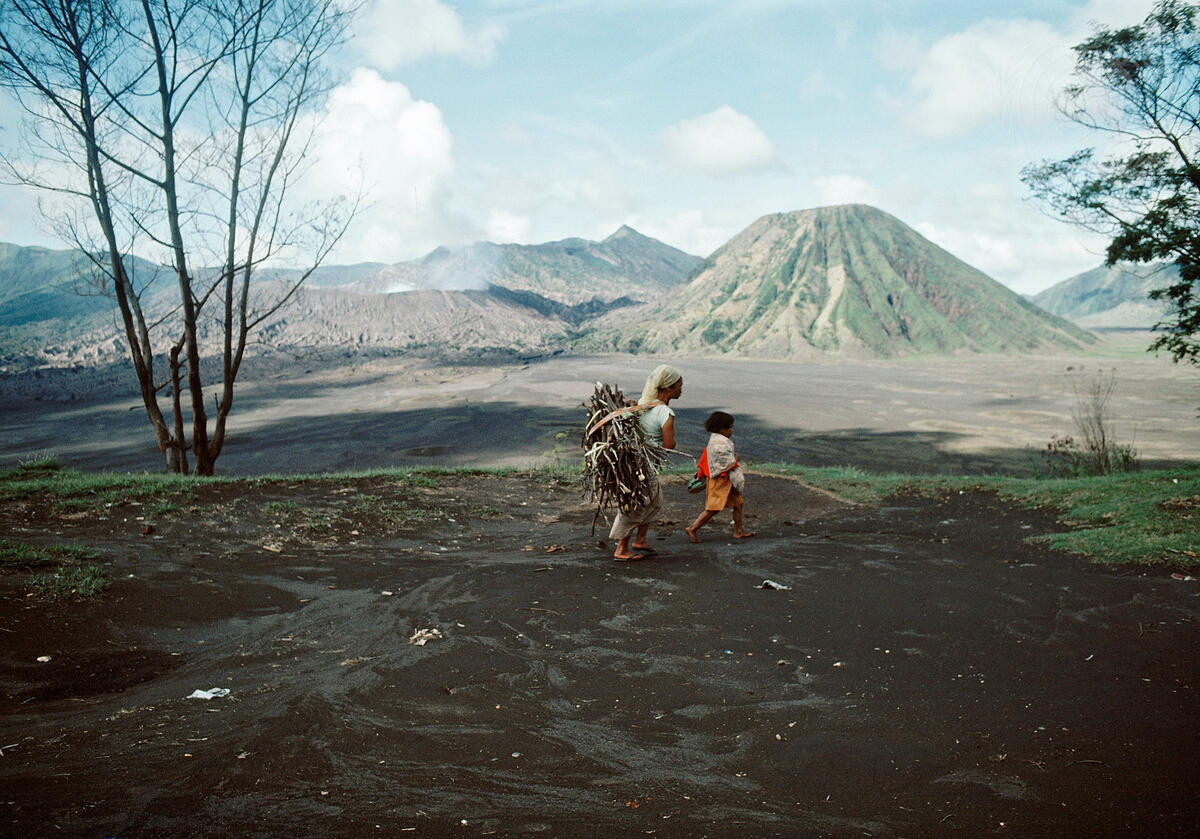 UN Photo/Pernaca Sudhakaran
UN Photo/Pernaca Sudhakaran
International Day of Rural Women --15 October 2023
Women account for a substantial proportion of the agricultural labor force, including informal work, and perform the bulk of unpaid care and domestic work within families and households in rural areas. They make significant contributions to agricultural production, food security and nutrition, land and natural resource management, and building climate resilience.
Women and girls in rural areas often face the disproportionate and multi-dimensional burden of poverty and inequality. This creates and exacerbates other challenges linked to their limited participation in decision-making processes, including those related to land ownership rights.
Governments and society need to pay attention to their needs and invest in them, pursuing the political and socio-economic empowerment of rural women and supporting their full and equal participation in decision-making at all levels, take them into account in their policies, developing specific assistance programs, and advisory services to promote economic skills of rural women in banking, modern trading and financial procedures and providing microcredit and other financial and business services, or designing laws to ensure that rural women are accorded full and equal rights to own land and other property, just to name a few.
The Kunming-Montreal Global Biodiversity Framework and the Gender Plan of Action of the Convention on Biological Diversity recognize the distinct roles that women and girls play in the conservation of biological diversity and in the promotion of sustainable development. Successful implementation of the Framework will depend on ensuring gender equality and the empowerment of women and girls within the broader perspective of reducing inequalities.
Promoting the coherent and coordinated implementation of the Framework and the Gender Plan of Action holds potential for meeting the global commitment of achieving gender equality and for promoting the rights and empowerment of all women and girls, including those who live and work in rural areas.
There is a profound connection between gender equality and sustainable use of biodiversity. Reducing gender inequalities can contribute to a more efficient use of land and resources which can, in turn, lead to increased agricultural yields, heightened output and the overall well-being of all people living in urban areas, including women and girls.
Target 22
Key elements of the target
Target 22 aims at ensuring the full, equitable, and inclusive representation and participation of indigenous peoples and local communities in decision-making processes related to biodiversity as well as to foster inclusive, participatory and rights-based approaches to biodiversity conservation.
Rights of women and girls, children and youth, and persons with disabilities – Individuals living in vulnerable situations often do not enjoy rights or access to biodiversity and resources. In many places this includes women and girls, children and youth, and persons with disabilities. This target calls for measures to ensure that individuals belonging to these groups enjoys the same rights and access as others.
Target 23
Implementation follows a gender-responsive approach
Guiding questions for national target-setting
- What processes or mechanisms are in place to ensure gender equality and a gender-responsive approach to biodiversity? How do these address access to land and resources? How do they affect decision-making processes? How effective have these been? What additional processes or mechanisms may be needed?
- What are the opportunities for and constraints to improving gender equality? Who are the actors that may be affected? How can they be involved and their needs addressed?
- What mechanisms are in place to ensure that women and girls have access to land and resources? How can these be improved or strengthened?
- What additional resources (financial, human and technical) will be required to reach the national target? How can additional resources be raised? What are possible sources for these resources?
On this International Day of #RuralWomen, we acknowledge the crucial role that rural women and girls play in the ongoing fight against poverty, hunger, and biodiversity loss.
— David Cooper (@hdavidcooper) October 15, 2023
🔗: https://t.co/8X3YQaimhC pic.twitter.com/6o13p11xto
More Information:
Kunming-Montreal Global Biodiversity Framework
Learn the Facts

(Updated October 2021)